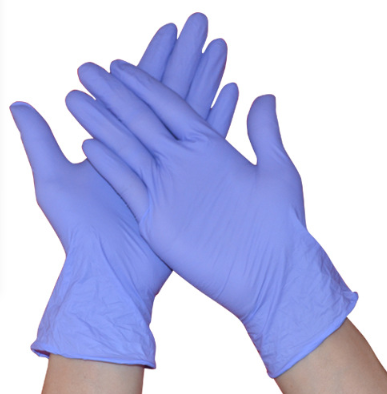Mung bean bacterial rickets
Symptoms, also known as bacterial scabs, occur mainly during the summer and autumn rainy seasons. Leaves infected with diseased leaves are brownish to irregularly shaped cystoid spots, initially water-stained, then gangrenous, severely corked, often with multiple lesions clustered into large necrotic lesions . Petiole and bean filial piety were also brown spots or stripes.
Pathogen Xanthomonas phaseoli (Smith) Dowson Synonyms X.campestris pv.phaseoli (Smith) Dye said Xanthomonas campestris var. The bacteria are short-barreled, with 1 flagellum, 0.5-3.00.3-0.8 (μm) in size. With the British film, Gram stain negative. Colonies were round and yellow on PDA medium. The germ development is suitable for 30°C, 38°C, and 50°C for 10 minutes. It is suitable for pH 5.7-8.4 and pH 7.3. In addition to invading mung beans, cowpeas, lentils, adzuki beans and kidney beans were also invaded.
Transmission routes and pathogenic conditions The pathogenic bacteria mainly live inside the seeds or adhere to the outside of the seeds. Sprouting the seed with bacteria, the seedlings develop after the emergence of the disease, the bacteria oozing out of the disease by wind and rain or insects, from the stomata, water holes or wounds invade, after 2 to 5 days of incubation, which leads to the onset of stems and leaves. The bacteria can survive within the seed for 2-3 years, and they are inactivated when the sick body rots in the soil. Temperature 24-32 °C, there are drops of water on the leaves is an important temperature and humidity conditions. The most common cause of this disease is the high temperature and humidity, heavy dew or heavy weather after a storm. In addition, improper cultivation and management, flood irrigation or fertility, partial nitrogen fertilizer, resulting in poor growth or leggy, are easy to increase the incidence.
Prevention methods (1) Three years or more of rotation. (2) Select disease-free seeds, collect seed from disease-free seeds, soak seeds in constant temperature water at 45°C for 15 minutes, remove them and transfer them into cold water, or cool them with 95% enemy powder with seed weight of 0.3% or 50%. Fumei double seed dressing, or soaking with streptomycin sulfate 500 times for 24 hours. (3) Strengthen cultivation management to avoid excessive humidity in the field and reduce field condensation. (4) Apply 72% DuPont Kelu wettable powder 800 times liquid or 12% green milk copper emulsion 600 times liquid, 47% Garnett's wettable powder 700 times liquid, and 77% wettable powder 500 at the beginning of the disease. Times liquid, 50% copper citrate copper wettable powder 500 times liquid, 72% agricultural streptomycin sulfate soluble powder 3000-4000 times liquid, neophytin 4000 times liquid, antibacterial agent "401" 800-1000 times liquid , Every 7 days and 10 days, continuous control 2-3 times.
1.Nitrile Glove is widely used in Medical surgical ,Medical examination for hospital, Industry ,Electronic ,Foods,homelife etc.
2. Nitrile glove ,there are different col.,blue,purple ,pink ,yellow, white and so on.
3.medical grade and industrial Grade nitrile glove
4.stretch
5.Free latex ,not allergic
6.good handfeeling
7.finger or all ballast-surfaced
8.ambidiextrous

Nitrile Glove
Nitrile Glove,Cheap Nitrile Gloves,Nitrile Gloves Black,Safety Gloves
Zibo Hongye Shangqin Medical Science and Technology Co.,Ltd. , https://www.vinylgloves.cn